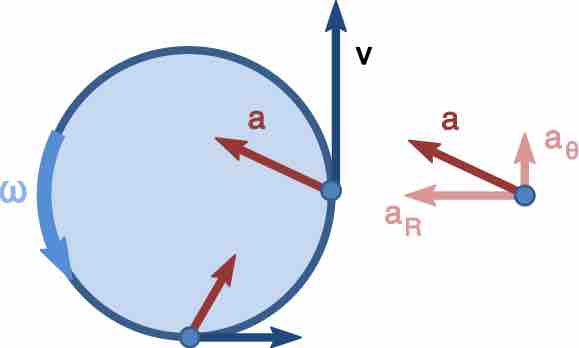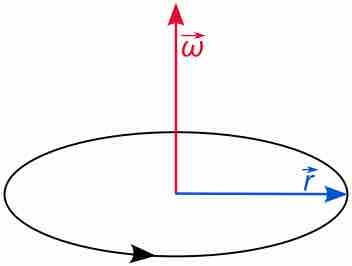Chapter 5
Uniform Circular Motion and Gravitation
By Boundless
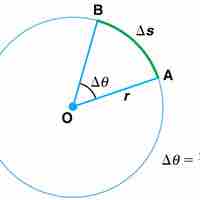
Uniform circular motion is a motion in a circular path at constant speed.
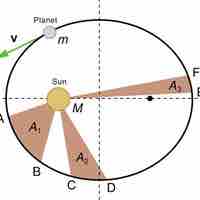
Newton's universal law of gravitation states that every particle attracts every other particle with a force along a line joining them.
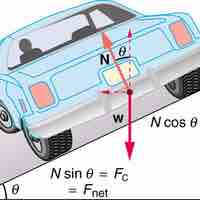
In an "ideally banked curve," the angle

The rotational angle is a measure of how far an object rotates, and angular velocity measures how fast it rotates.
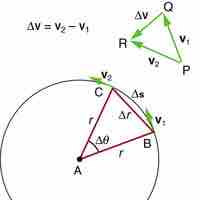
Centripetal acceleration is the constant change in velocity necessary for an object to maintain a circular path.
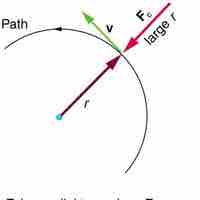
A force which causes motion in a curved path is called a centripetal force (uniform circular motion is an example of centripetal force).

Tides are the rise and fall of sea levels due to the effects of the gravity exerted by the moon and the sun, and the rotation of the Earth.
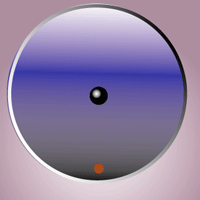
The Coriolis effect is a deflection of moving objects when they are viewed in a rotating reference frame.
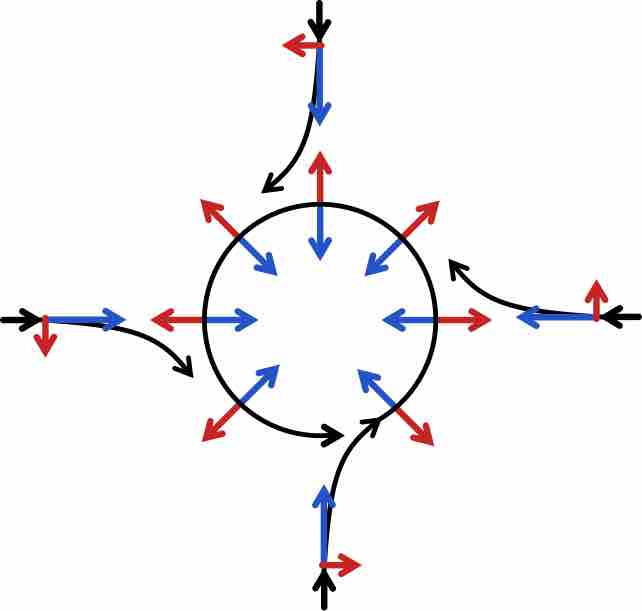
Tidal and Coriolis forces may not be obvious over a small time-space scale, but they are important in meteorology, navigation, and fishing.
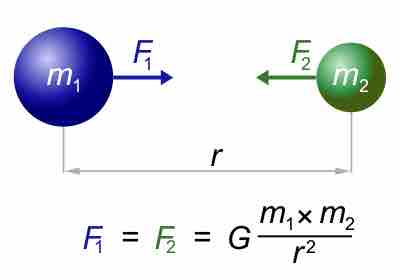
Objects with mass feel an attractive force that is proportional to their masses and inversely proportional to the square of the distance.

The Shell Theorem states that a spherically symmetric object affects other objects as if all of its mass were concentrated at its center.
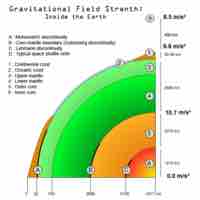
When the bodies have spatial extent, gravitational force is calculated by summing the contributions of point masses which constitute them.

Kepler's first law is: The orbit of every planet is an ellipse with the Sun at one of the two foci.
Kepler's second law states: A line joining a planet and the Sun sweeps out equal areas during equal intervals of time.

Kepler's third law states that the square of the orbital period of a planet is directly proportional to the cube of the semi-major axis of its orbit.

An orbital maneuver is the use of propulsion systems to change the orbit of a spacecraft (the rest of the flight is called "coasting").
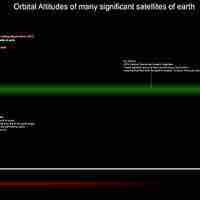
Natural satellites are celestial objects that orbit a larger body; artificial satellites are manmade objects put in the orbit of the Earth.
